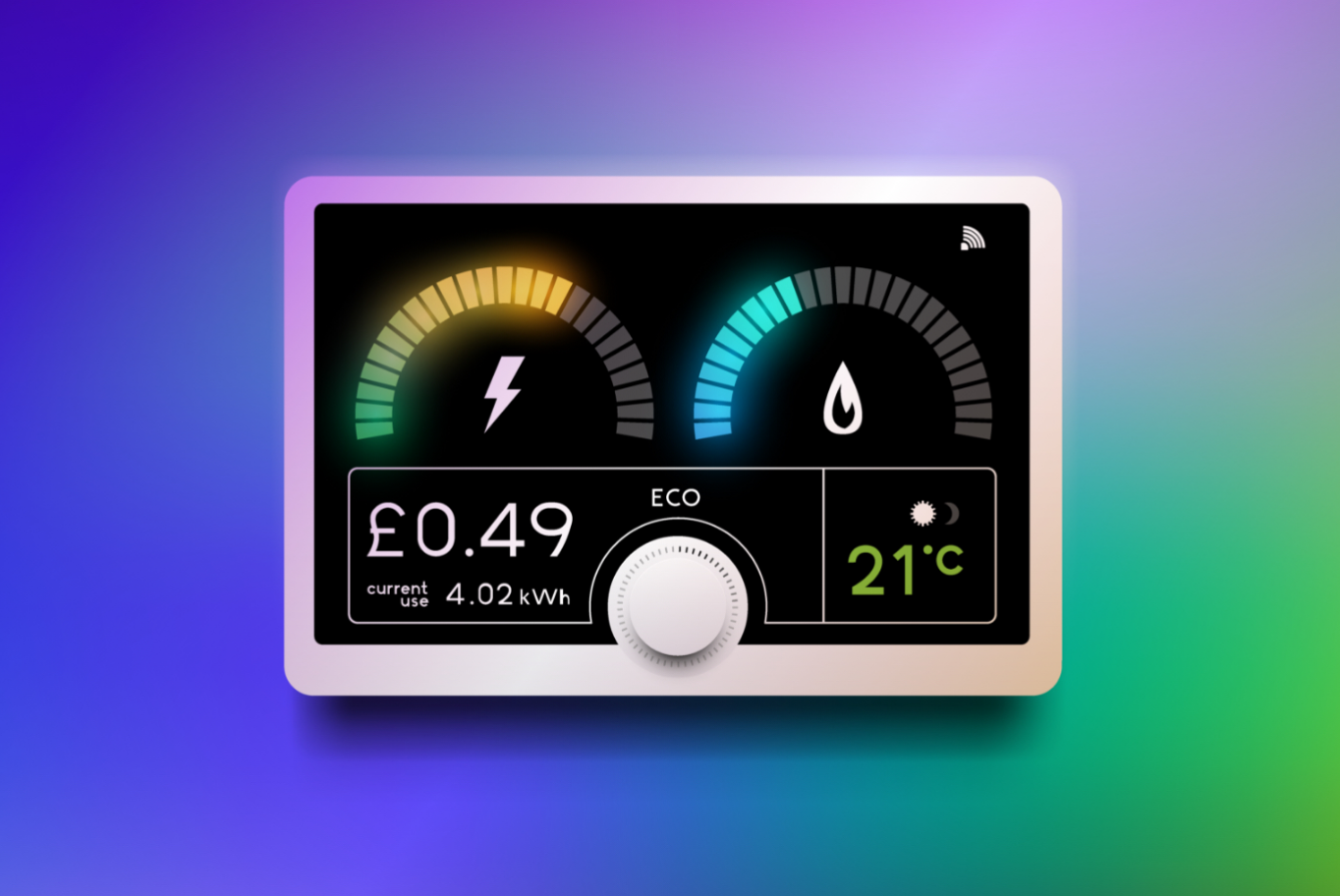 Back
Back
Could You Save On Your Bills With A Collective Energy Switch?
On Monday, March 8, 2021 -
We all like to save a few quid here and there, but when you’re already pretty savvy, what options are left for you to squeeze your money even harder? That’s where collective energy switching can be a great idea. You might already know how this works, but if you don’t, keep reading to find out if this way of switching energy supplier could work for you!
I know what energy switching is, but what’s the collective bit about?
A collective, in the context of energy switching, is a group of customers who get together to switch to an exclusive tariff offered by an energy supplier. The idea behind a collective is essentially “strength in numbers”: a group of people has more bargaining power than one person by themselves. The group give energy suppliers the opportunity to gain a lot of new customers quickly, and without having to fork out for advertising, so they’re more likely to put a corker of a deal forward, just for that group, than if you were to approach them by yourself.
Collectives are often limited in some way, either by the amount of time you have to join, or by the number of members who can join before the collective is closed.
OK great, me and my mates all want to switch and save – can we form a collective?
Awesome though that would be, no. Collectives are a formal thing, arranged by organisations like national newspapers, local councils and comparison sites who have energy experts primed and ready to negotiate with energy suppliers on your behalf.
Most collectives are formed around like-minded people, or who share a common energy goal. This might be all being residents of the same council area or housing association, all being first-time switchers looking to save vs standard variable tariffs, or perhaps they have a goal of going green, and joining a collective can help them do this without paying the premium that sometimes comes with green tariffs.
How does a collective switch work, then?
Once the organisation arranging the collective has enough members, or the deadline to close the scheme passes, they will assess the energy needs of the group and approach energy suppliers on their behalf to ask for a special tariff that suits the needs of the collective. Then, a sort of silent auction takes place, where all the suppliers the collective approaches come back with the best deal they can offer the group. The cheapest deal wins, and that’s the tariff the members of the collective switch to.
But what if I don’t want that tariff?
Of course, the downside of energy switching through a collective is that you’re only given one choice of supplier and tariff to switch to. If you’ve previously had a bad experience with the supplier, or have never heard of them before, then you might be a bit hesitant to switch.
Usually, if the tariff on offer to your collective isn’t one you’re interested in, then you can opt not to continue, and either stick with your current provider, or organise your own energy switch to a provider of your choice. But, it’s always worth checking the terms of your collective and asking the organisers if you’re unsure, as some collectives might not allow you to back out of taking that tariff once you’ve joined.
What do I need to think about before joining a collective?
Whether you’re bound to switch to the tariff on offer to your collective is just one of the things you need to consider before joining a collective to switch your energy supplier. You might also want to think about some or all of these things:
- Is the collective free to join? Most are, as they’re set up for the benefit of consumers, but it’s worth checking this before you find yourself out of pocket, or the savings you get taking a hit.
- How long will the collective energy switch take? If you organise your own energy switch, the process typically takes about three weeks. But, the collective process is different because after you sign up, a bidding process takes place to select the tariff you switch to. How long this is likely to take is worth knowing, in case it’s a deal breaker for you
- What price do you need from the collective for it to save you money? Before you join a collective energy switch, you need to know what you’re paying for your energy now – both monthly and a cost per kWh – so you can see if the collective tariff is saving you money, and how much.
- Which suppliers will be bidding for the collective? If the company you switch to is important to you, then knowing which energy suppliers are likely to be in the mix is a good thing to ask about, so you can be sure the tariff that comes back will be one you’re happy with.
- What will the terms of the switch be? If there are certain features or terms you’d like to see in the collective tariff, like having different options to pay your bill, or your tariff being fixed for a certain amount of time, then check these will be possible before joining a collective!
- Are you still under contract with your existing supplier? If you are, and you decide to leave, you may have to pay exit fees. Depending what these are, it still might be worth switching. Or, the fees could outweigh your savings, meaning it makes sense to stay put for now.
- Are you in debt to your current supplier? Having overdue bills with your current supplier isn’t always a problem when it comes to switching, but it can be. So, it’s worth checking with the organisers of your collective before you join
What happens next time I want to switch?
Next time you want to switch, then how you do it is up to you. Some collectives run on an annual basis, and you may have the opportunity to join again as your tariff is ending. But, you’re not obligated to switch through a collective again if you don’t want to. Once you’re out of contract with your tariff, then you can switch whenever, however, and to whoever you like. That might mean hitting the comparison sites to find a deal of your own, going back to your collective, or finding a new one to join – the choice is yours!
How do I join a collective?
If, having read all this, you’re interested in collective energy switching, then it’s worth keeping an eye out in your newspaper of choice or in emails from comparison sites you use, for news about collectives they may be running. Or, you might want to speak to your council or housing association to see if it’s something they do or would consider. If you happen to be comparing energy prices anyway, then if your chosen site has a collective tariff available, you should see it alongside the other tariffs you can choose from when you compare.










